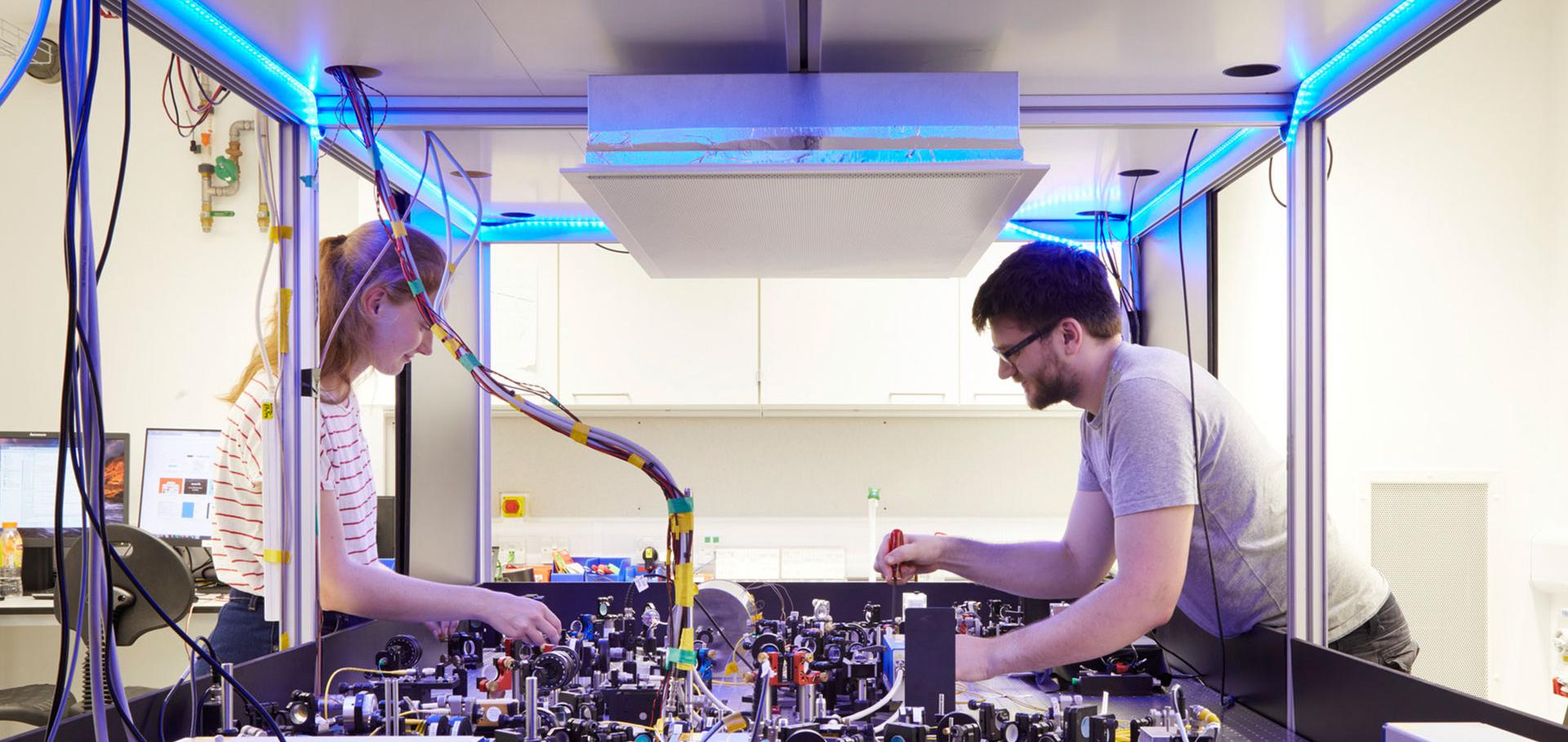Convergence rate of dimension reduction in Bose-Einstein condensates
Computer Physics Communications 177:11 (2007) 832-850
Abstract:
In this paper, we study dimension reduction of the three-dimensional (3D) Gross-Pitaevskii equation (GPE) modeling Bose-Einstein condensation under different limiting interaction and trapping frequency parameter regimes. Convergence rates for the dimension reduction of 3D ground state and dynamics of the GPE in the case of disk-shaped condensation and cigar-shaped condensation are reported based on our asymptotic and numerical results. In addition, the parameter regimes in which the 3D GPE cannot be reduced to lower dimensions are identified. © 2007 Elsevier B.V. All rights reserved.Measurement of the phonon decoherence in diamond using spectral interference of stokes emission
Conference on Lasers and Electro-Optics Europe - Technical Digest (2007)
Optimal quantum storage of broadband single photons
Conference on Lasers and Electro-Optics Europe - Technical Digest (2007)
Dynamics, dephasing and clustering of impurity atoms in Bose-Einstein condensates
New Journal of Physics 9 (2007)
Abstract:
We investigate the influence of a Bose-Einstein condensate (BEC) on the properties of immersed impurity atoms, which are trapped in an optical lattice. Assuming a weak coupling of the impurity atoms to the BEC, we derive a quantum master equation (QME) for the lattice system. In the special case of fixed impurities with two internal states the atoms represent a quantum register and the QME reproduces the exact evolution of the qubits. We characterize the qubit dephasing which is caused by the interspecies coupling and show that the effect of sub- and super-decoherence is observable for realistic experimental parameters. Furthermore, the BEC phonons mediate an attractive interaction between the impurities, which has an important impact on their spatial distribution. If the lattice atoms are allowed to move, there occurs a sharp transition with the impurities aggregating in a macroscopic cluster at experimentally achievable temperatures. We also investigate the impact of the BEC on the transport properties of the impurity atoms and show that a crossover from coherent to diffusive behaviour occurs with increasing interaction strength. © IOP Publishing Ltd and Deutsche Physikalische Gesellschaft.Dynamics of vortices in weakly interacting Bose-Einstein condensates
Physical Review A - Atomic, Molecular, and Optical Physics 76:4 (2007)


